OUR IMPACT
At California Trout, our goal is to restore vibrance and abundance to California's freshwater ecosystems, and to keep them that way for years to come. With the help of many local and national organizations, we've worked to improve the habitats of several fish species throughout California.5 KEY INITIATIVES
- Protect The Best
- Reconnect Habitat
- Integrate Fish & Working Lands
- Steward Source Water Areas
- Restore Estuaries
Protect The Best
There are still places in California with abundant wild fish- and we intend to keep them that way. Salmon and steelhead strongholds like the Smith River, California’s signature stronghold river, and the Eel River are places where sustainable wild fish abundance exist or is still achievable. Likewise, there are iconic wild trout waters that require near-constant vigilance from a myriad of threats.
Reconnect Habitat
There are thousands of dams in California, most of which were built and are operated for water supply and flood protection benefits with little consideration for their effects on fish. As a result, native salmon and steelhead have lost large amounts of their habitat. Dams and barriers block migration upstream to high-quality habitat and restrict migration of juvenile fish to the ocean.
Integrate Fish & Working Lands
Over the last century and half California’s population has ballooned to over 40 million people and the state’s rivers and landscapes have been irrevocably altered. As a result, wild fish populations have suffered, with 45% of the state’s native salmonids on a trajectory toward extinction in the next 50 years if current trends continue.
Steward Source Water Areas
Water is the lifeblood of California, fueling one of the most productive agricultural regions in the world, supplying drinking water for communities and sustaining diverse rivers and the species that depend on them. California’s prominent source water areas, the Sierra Nevada mountains and the greater Mt. Shasta area springs need restoration and protection.
Restore Estuaries
Estuaries and lagoons provide critical feeding and nursery habitat for juvenile fishes and are important transition zones between freshwater and ocean. However, estuaries have become dramatically reduced in size and quality due to development and watershed modifications such as diking and draining.
Regions
With seven regional offices across the state, we're fully immersed in key geographies where wild fish influence the community. We build partnerships with landowners, agencies, and the local community to find the best solutions for both fish and people.
Select a region to learn more about our projects in that area:
Regions
With seven regional offices across the state, we're fully immersed in key geographies where wild fish influence the community. We build partnerships with landowners, agencies, and the local community to find the best solutions for both fish and people.
Select a region to learn more about our projects in that area:



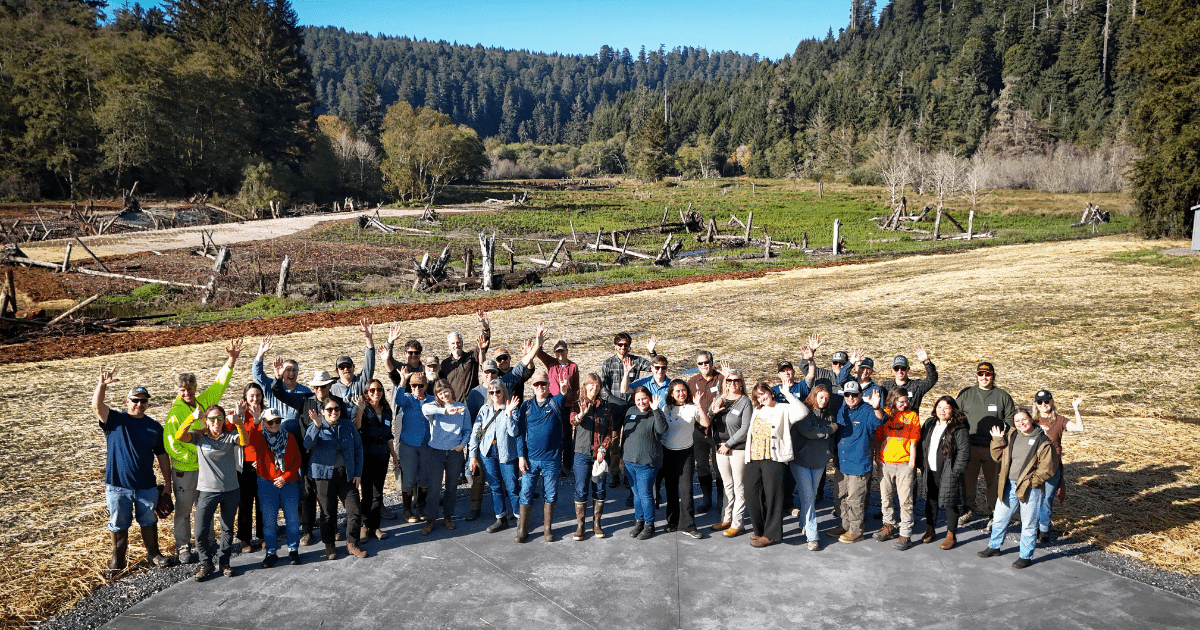
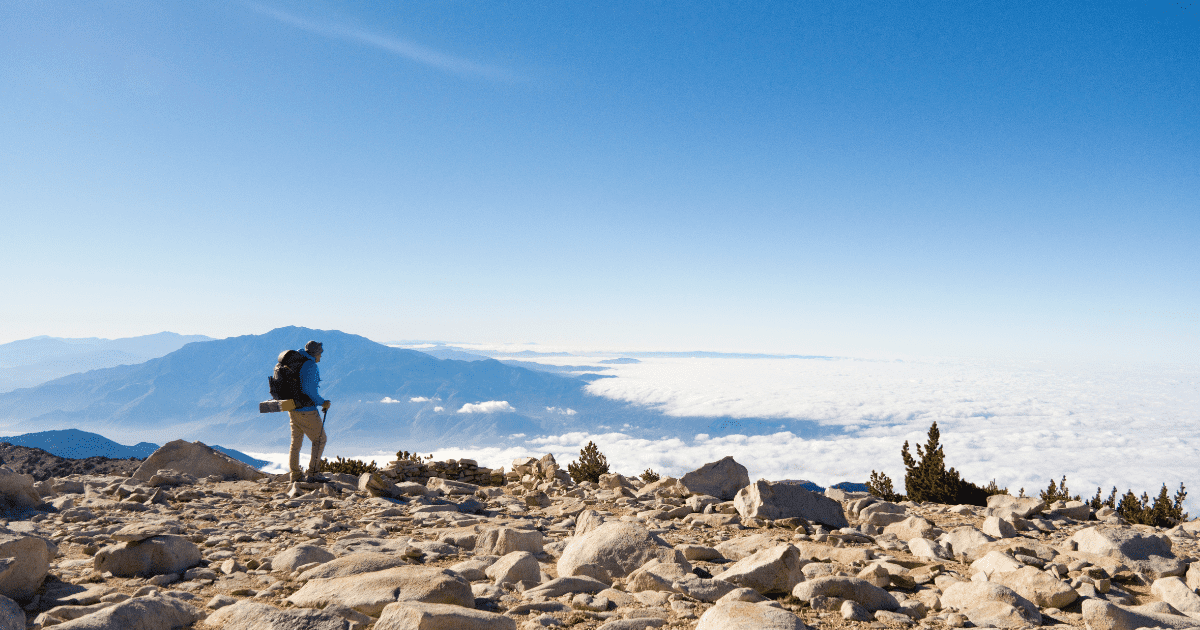
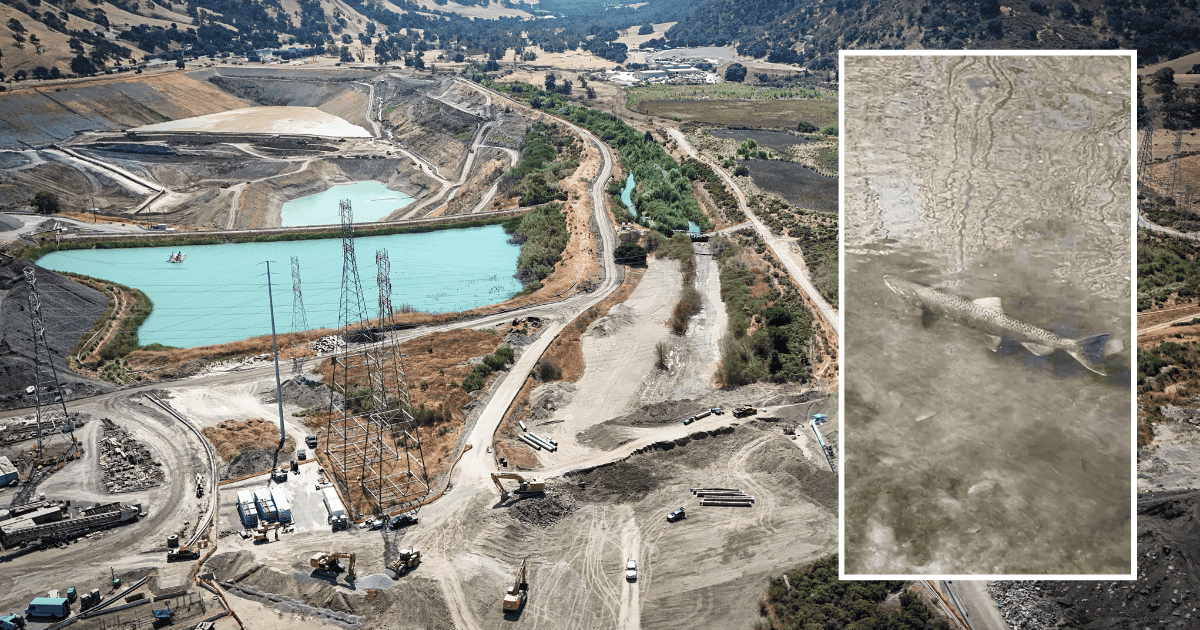
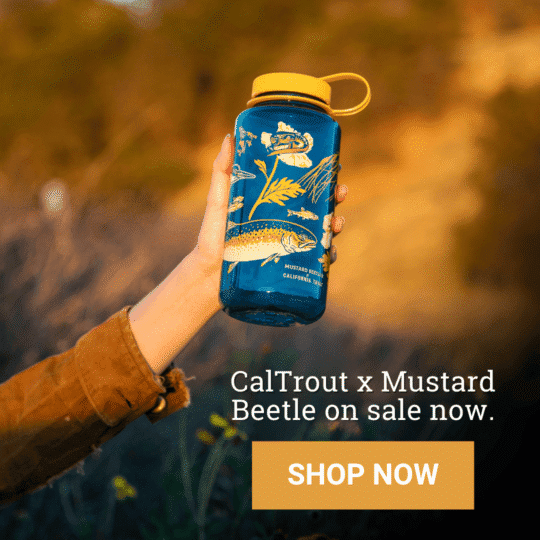

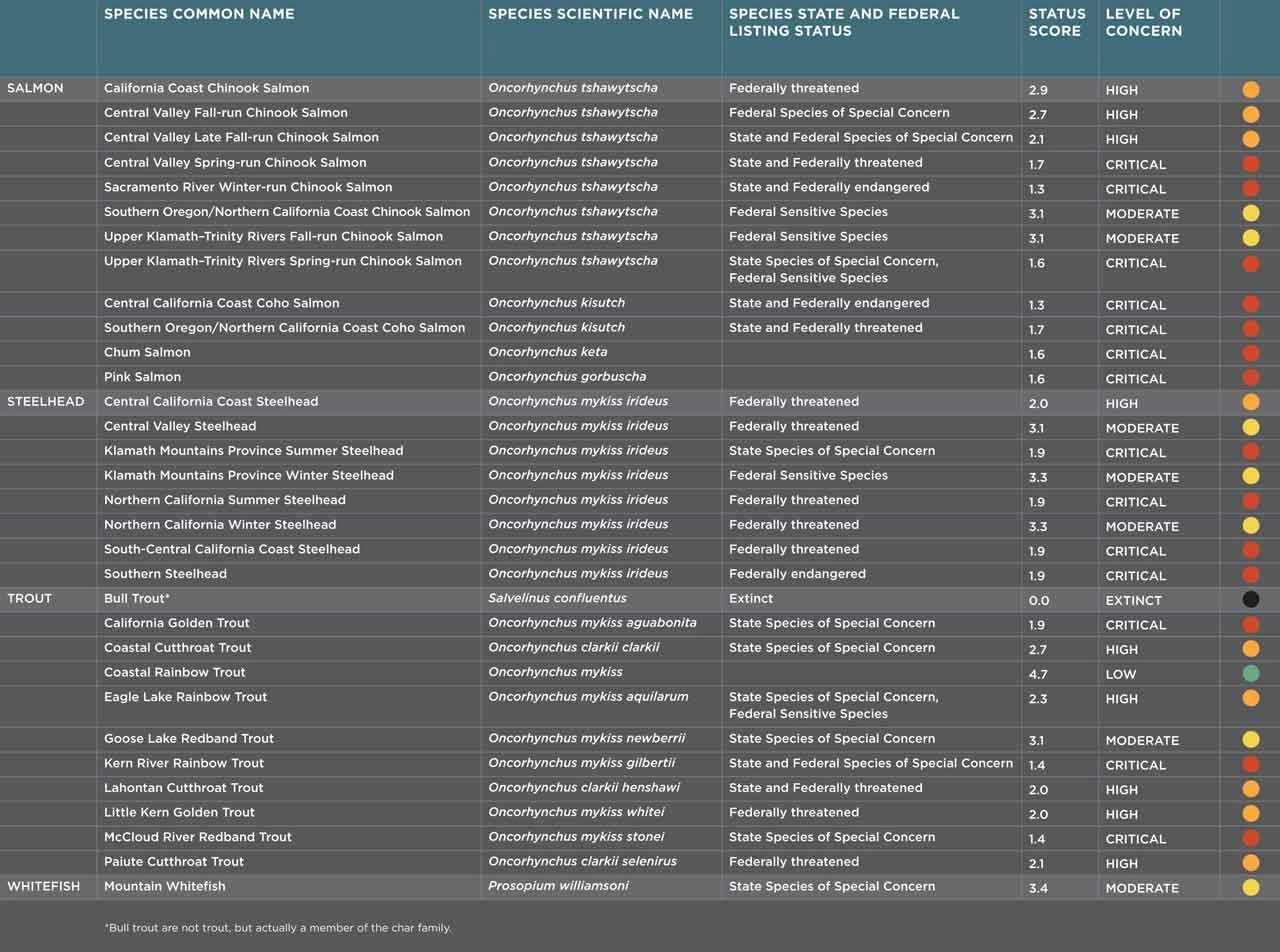












 Dams block access to historical spawning and rearing habitats. Downstream, dams alter the timing, frequency, duration, magnitude, and rate of change of flows decreasing habitat quality and survival.
Dams block access to historical spawning and rearing habitats. Downstream, dams alter the timing, frequency, duration, magnitude, and rate of change of flows decreasing habitat quality and survival.